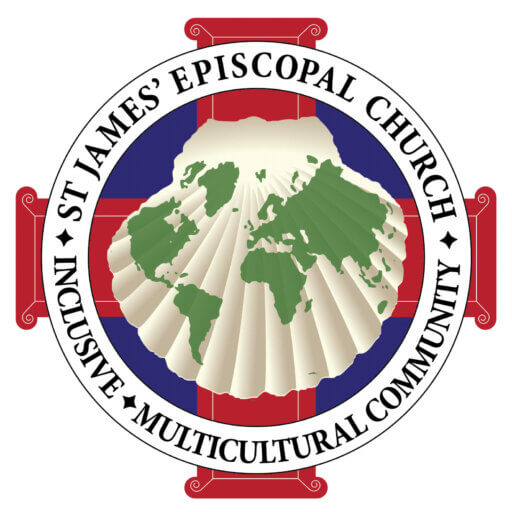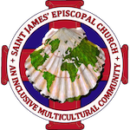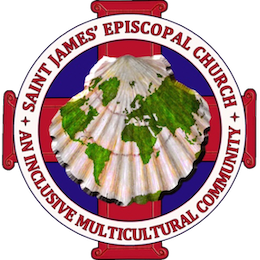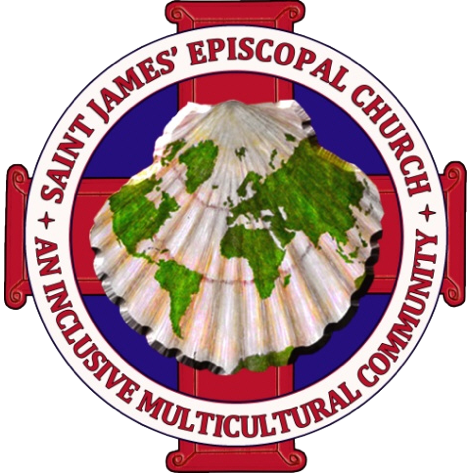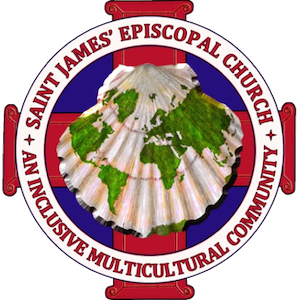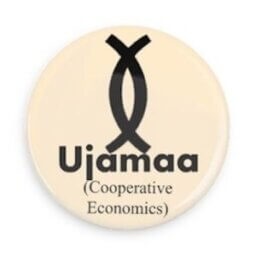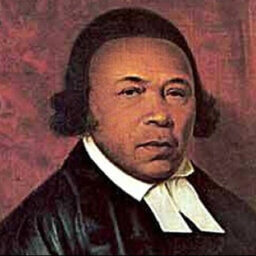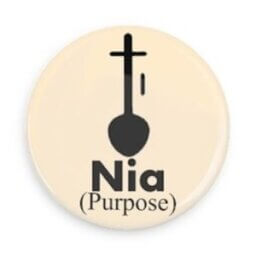This year we are celebrating Absalom Jones Day on Sunday, February 13.
Read Absalom Jones’ Bio as proposed to the 2022 General Convention:
Absalom Jones was born enslaved to Abraham Wynkoop, a wealthy Anglican planter in 1746 in Delaware. He was working in the fields when Abraham recognized that he was an intelligent child and ordered that he be trained to work in the house. Absalom eagerly accepted instruction in reading. He also saved money he was given and bought books (among them a primer, a spelling book, and a bible). Abraham Wynkoop died in 1753, and by 1755 his younger son Benjamin had inherited the plantation. When Absalom was sixteen, Benjamin Wynkoop sold the plantation and Absalom’s mother, sister, and five brothers. Wynkoop brought Absalom to Philadelphia, where he opened a store and joined St. Peter’s Church. In Philadelphia, Benjamin Wynkoop permitted Absalom to attend a night school for black people operated by Quakers following the tradition established by abolitionist teacher Anthony Benezet.
At twenty, with the permission of their masters, Absalom married Mary Thomas, who was enslaved to Sarah King, who also worshipped at St. Peter’s. The Rev. Jacob Duche performed the wedding at Christ Church. Absalom and his father-in-law, John Thomas, used their savings and sought donations and loans primarily from prominent Quakers, in order to purchase Mary’s freedom. Absalom and Mary worked very hard to repay the money borrowed to buy her freedom.
They saved enough money to purchase property and to buy Absalom’s freedom. Although he repeatedly asked Benjamin Wynkoop to allow him to buy his freedom, Wynkoop refused. Absalom persisted because as long as he was enslaved, Wynkoop could take his property and his money. Finally, in 1784, Benjamin Wynkoop freed Absalom by granting him a manumission. Absalom continued to work in Wynkoop’s store as a paid employee.
Absalom left St. Peter’s Church and began worshipping at St. George’s Methodist Episcopal Church. He met Richard Allen, who had been engaged to preach at St. George’s, and the two became lifelong friends. Together, in 1787, they founded the Free African Society, a mutual aid benevolent organization that was the first of its kind organized by and for black people. Members of the Society paid monthly dues for the benefit of those in need. At St. George’s, Absalom and Richard served as lay ministers for the black membership. The active evangelism of Jones and Allen significantly increased black membership at St. George’s. The black members worked hard to raise money to build an upstairs gallery intended to enlarge the church. The church leadership decided to segregate the black worshippers in the gallery without notifying them. During a Sunday morning service, a dispute arose over the seats black members had been instructed to take in the gallery. The ushers attempted to physically remove them by first accosting Absalom Jones. Most of the black members present indignantly walked out of St. George’s in a body.
Prior to the incident at St. George’s, the Free African Society had initiated religious services. Some of these services were presided over by The Rev. Joseph Pilmore, an assistant at St. Paul’s Episcopal Church. The Society established communication with similar black groups in other cities. In 1792 the Society began to build the African Church of Philadelphia. The church membership took a denominational vote and decided to affiliate with the Episcopal Church. Richard Allen withdrew from the effort as he favored affiliation with the Methodist Church. Absalom Jones was asked to provide pastoral leadership, and after prayer and reflection, he accepted the call.
The African Church was dedicated on July 17, 1794. The Rev. Dr. Samuel Magaw, rector St. Paul’s Church, preached the dedicatory address. Dr. Magaw was assisted at the service by The Rev. James Abercrombie, assistant minister at Christ Church. Soon thereafter, the congregation applied for membership in the Episcopal Diocese of Pennsylvania on the following conditions: 1) that they would be received as an organized body; 2) that they would have control over their local affairs; 3) that Absalom Jones would be licensed as lay reader, and, if qualified, be ordained as a minister. In October 1794, it was admitted as the African Episcopal Church of St. Thomas. The church was incorporated under the laws of the Commonwealth of Pennsylvania in 1796. Bishop William White ordained Jones as deacon in 1795 and as priest on September 21, 1802.
Jones was an earnest preacher. He denounced slavery and warned the oppressors to “clean their hands of slaves.” To him, God was the Father, who always acted on “behalf of the oppressed and distressed.” But it was his constant visiting and mild manner that made him beloved by his congregation and by the community. St. Thomas Church grew to over 500 members during its first year. The congregants formed a day school and were active in moral uplift, self-
empowerment, and anti-slavery activities. Known as “the Black Bishop of the Episcopal Church,” Jones was an example of persistent faith in God and in the Church as God’s instrument. Jones died on this day in 1818.
